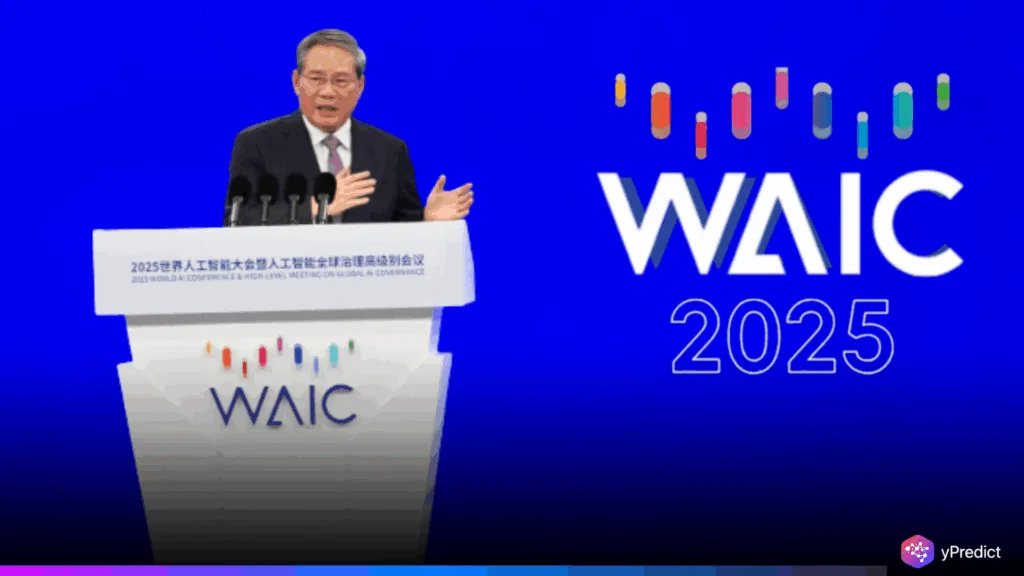
As of the middle of 2025, China has published 1,509 large AI models. Which is the largest number by a country, according to the data released at the World AI Conference (WAIC) in Shanghai. This number represents an important percentage of all the employed models, namely 3,755 models introduced universally. The sectors represented in the models of interest include healthcare, education, and space exploration. This suggests that China is applying the technology widely and aims to continue using AI long-term. Although this is indicative of aggressive spending on technology and research and development, the world is reacting mixedly.
China’s Expanding AI Portfolio Reflects Strategic National Focus
The fact that China introduced 1,509 AI models puts the country in the league of global artificial intelligence powerhouses. These figures were first disclosed at the 2025 World AI Conference in Shanghai. They are not only indicative of scale but also span. The visuals presented at the occasion included the visuals of AI in virtual healthcare systems, smart city design, educational kiosks, and space exploration. The most outstanding example is the “Agent Hospital.” That has 14 AI doctors and 4 nurses that can take care of 10,000 patients within days.
This initiative is within a bigger-picture strategy in the country. Ever since surpassing the U.S. in AI-related research papers as of 2020, China has sought to dominate AI applications. Rollout has been boosted by major state-sponsored projects and funding streams. Nevertheless, this kind of dominance can be questioned as well. Speech and surveillance governance with very strict control on what is said and AI use to handle data clearly show opposite interests in terms of governance.
Ethical Gaps and Governance Concerns Challenge Global Acceptance
With the increasing growth of the AI industry in China, ethical aspects of such development are more evident. As an illustration, the increased role of AI in education is emphasized by the use of touchscreen kiosks by children. Brings uncertainty related to the informed consent and protection of data by minors, as well as in the longer-term effects (on the development of children). Likewise, virtual healthcare systems are effective yet dangerous without adequate human supervision to balance them. Although diagnoses made by systems such as the Agent Hospital are reported to be precise, they should be controlled and accountable, at least in life-threatening situations.
Globally, the tension lies not just in the technology but in its implementation philosophy. China’s approach, anchored in centralized control, contrasts with decentralized AI governance favored in democratic nations. The 2023 “Interim Measures for Generative AI” illustrate Beijing’s stance: models must align with state values, limiting freedom of expression while ensuring system stability. Critics argue that such restrictions may stifle certain types of innovation and create models with inherent bias. Others warn that if China sets the global pace, its regulatory model could influence international norms. Balancing AI development with democratic values, transparency, and inclusivity will be critical as nations weigh collaboration against competition.
AI Conference Brings Innovation and Uncertainty
The leading position in the world concerning the development of AI is sealed with the release of 1,509 large models in China. Its use in fields such as medicine, education, and even aerospace illustrates practical use, not just in theory. Nevertheless, responsibility is part of leadership. The world is casting its eyes on China and the need to address credible issues concerning privacy, content regulation, and the use of human inputs. Numbers will never define the future of AI, but the way it is handled ethically and fairly when it comes to the development and implementation of systems will.






